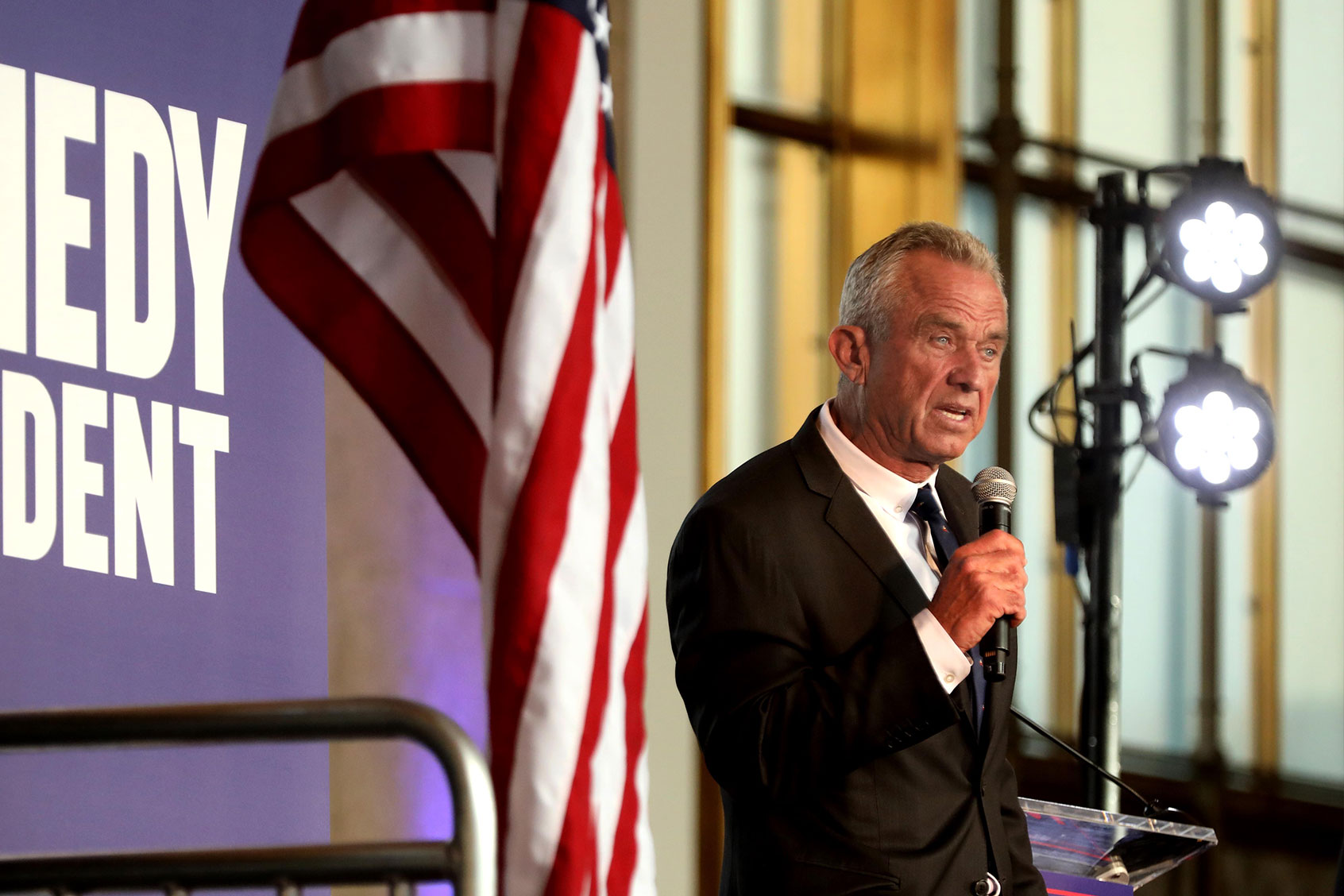Robert F. Kennedy Jr. was flanked by a double cheeseburger and a fresh order of fries when he told Sean Hannity, “They turned me into a verb.” The fries, served at a Florida Steak ’n Shake and now cooked in beef tallow instead of canola oil (thus “RFK-ing” them), were the latest heroes in Kennedy’s crusade to Make America Healthy Again — a movement that sounds like food policy, feels like branding and tastes, according to the secretary, “completely different.”
What didn’t make it into the March Fox News interview was that, by the time Kennedy bit into his burger, the administration he represents had already slashed a billion dollars from programs supporting small farms — the very ones his own reports had praised as the backbone of American health.
Kennedy has made a platform of calling ultra-processed foods a public health emergency — a diagnosis many public health experts share. But in practice, his campaign for “real food” looks less like a reinvestment in farming and more like a rebrand of fast food. While the Trump administration continues to pull funding from school produce programs and tribal food systems, Kennedy has gone on national television to praise tallow-fried french fries as a step toward national wellness.
The result is a public health strategy that skips the farm and heads straight for the fryer.
As The Guardian reported in June, independent and organic farmers have been sounding the alarm for months, pointing to a widening gap between Kennedy’s rhetoric and the administration’s actions. On paper, the secretary is a champion of regenerative agriculture. The MAHA Commission — an initiative he leads — released a 78-page report in May declaring that the rise in childhood chronic disease could be traced to ultra-processed foods, chemical exposure and excessive medication.
The report, which mentions farms, farmers, or farming 21 times, argues that “the greatest step the United States can take to reverse childhood chronic disease is to put whole foods produced by American farmers and ranchers at the center of healthcare.” (The document was also dogged by controversy over fake or misleading citations — a fitting irony for a campaign that positions itself as science-driven while relying heavily on performance.)
But by the time the ink dried, the administration had already cut more than a billion dollars from programs designed to do exactly what the report proposed. Funding vanished for tribal food banks and for a $660 million initiative that had brought fresh, local produce into school cafeterias — including daily snacks of fruits and vegetables for public school students in New York City. “This is a huge deal for small farmers,” Ellee Igoe, a co-owner of Solidarity Farm in southern California, told the publication. “We’re growing healthy food and providing it to local communities. And they are cancelling contracts without real reason. Out here, it feels like it is very politically motivated.”
We need your help to stay independent
It’s not just small farms bearing the weight of the disconnect — it’s the entire infrastructure of rural agriculture.
As Mother Jones reported in May, federal programs and public institutions that farmers depend on have been quietly gutted. This spring, the USDA suspended billions in payments for at least fifteen programs supporting rural communities and slashed another billion dollars destined for schools and food banks, which is another blow to the growers who supply them. The department has also shuttered regional offices that once offered critical on-the-ground support; some farmers now face hundred-mile drives to reach the nearest outpost. Add in the looming impacts of climate instability and the picture grows darker. Cuts to the National Oceanic and Atmospheric Administration, which provides essential weather forecasting, and to the Bureau of Reclamation, which oversees water systems in the West, threaten the basic functionality of farm life.
All of this — the service cuts, the shuttered offices, the slow undoing of rural infrastructure — is happening in the background of an administration that claims to be restoring the health of the American food system. Hunger is rising. Public school meal programs are under threat. Farmers are losing lifelines they once depended on.
And yet, as the country’s top health official, Robert F. Kennedy Jr. seems more interested in corporate gestures than public systems. In June, he announced that Starbucks CEO Brian Niccol had pledged to “further MAHA” the chain’s menu by offering adjustable sweetness levels and testing a new “protein foam.” If this is what counts as innovation in the MAHA movement, it’s hard not to wonder what the “food as medicine” approach actually treats — the body or the brand?
Read more
about this topic


